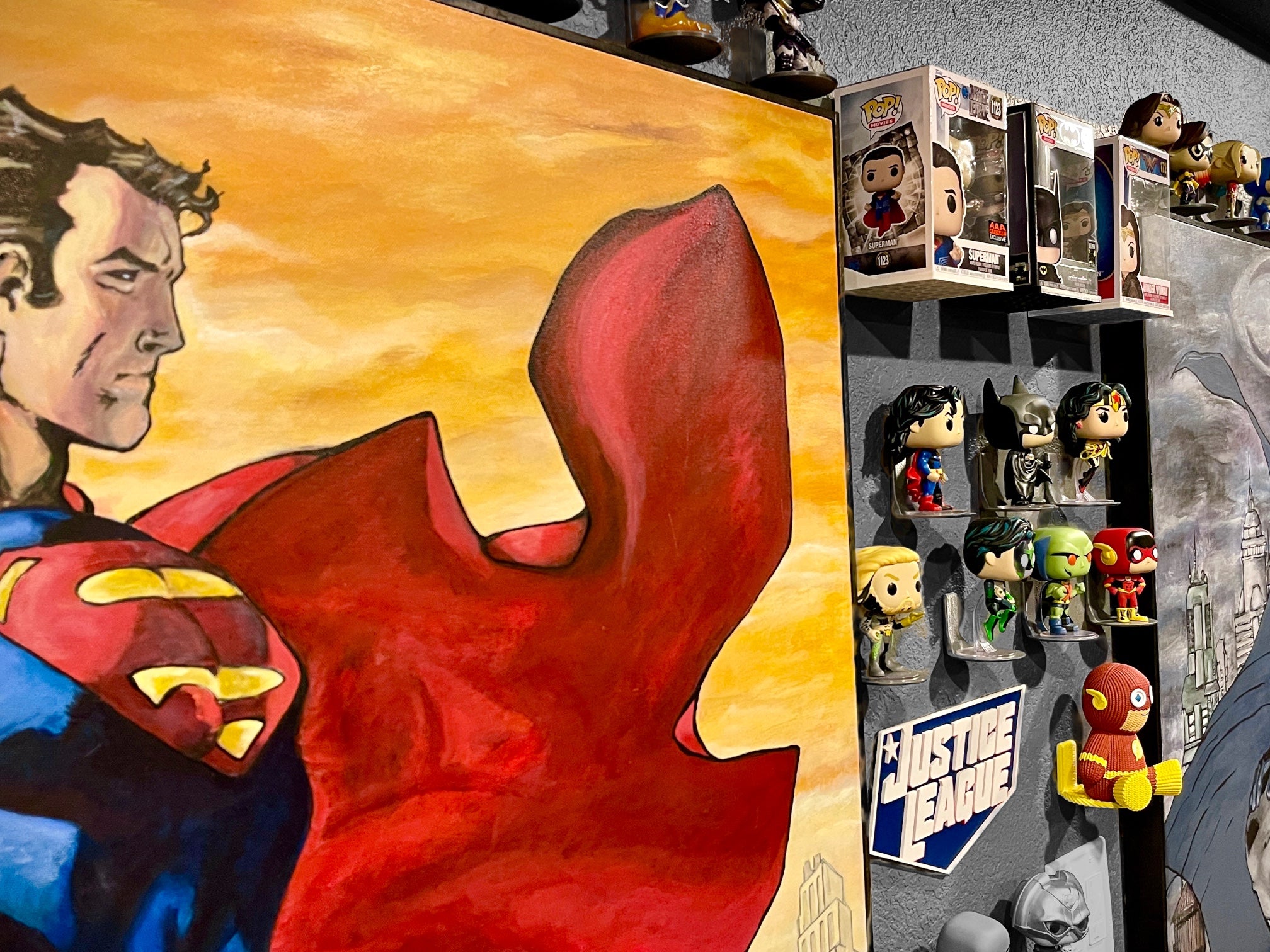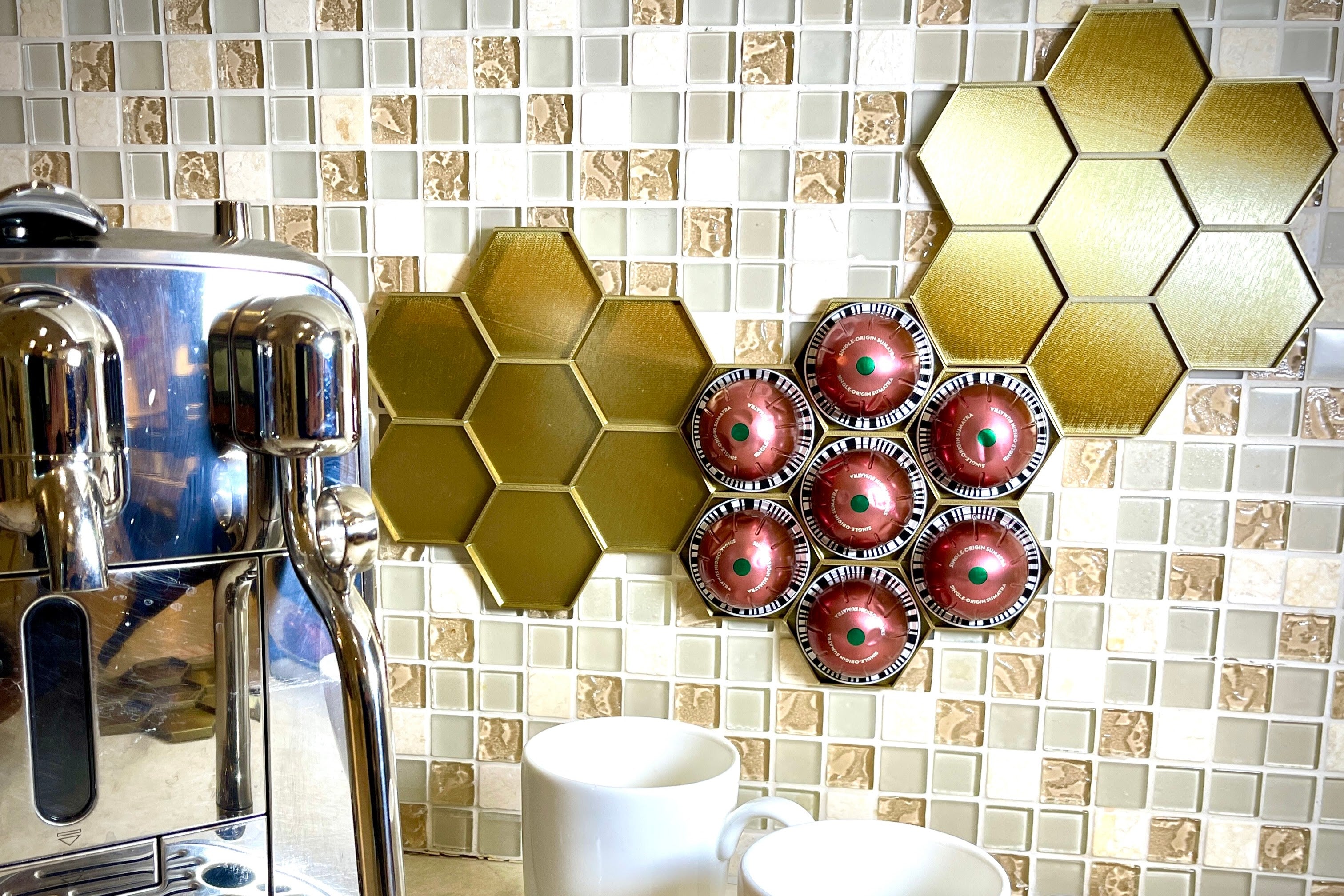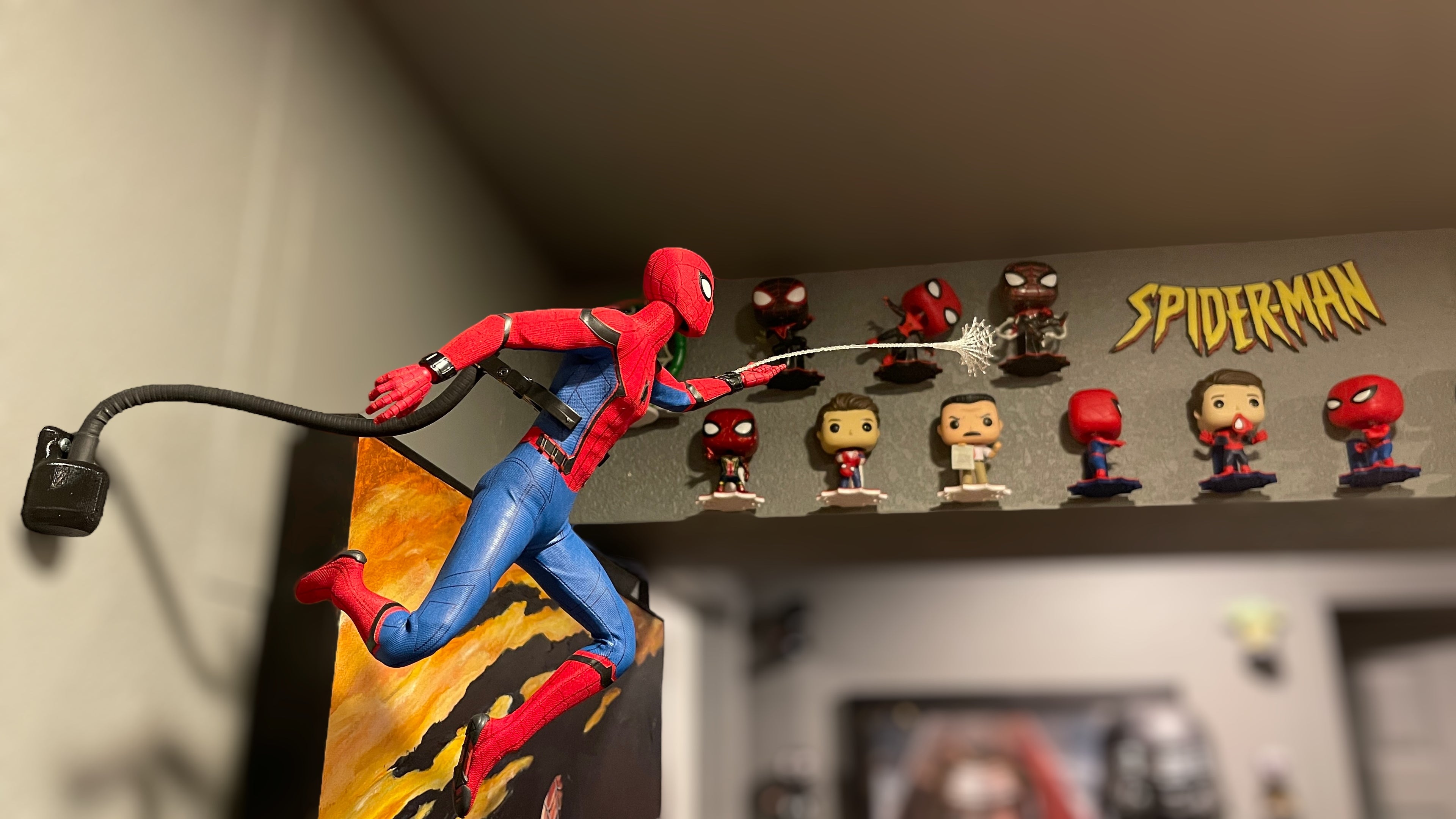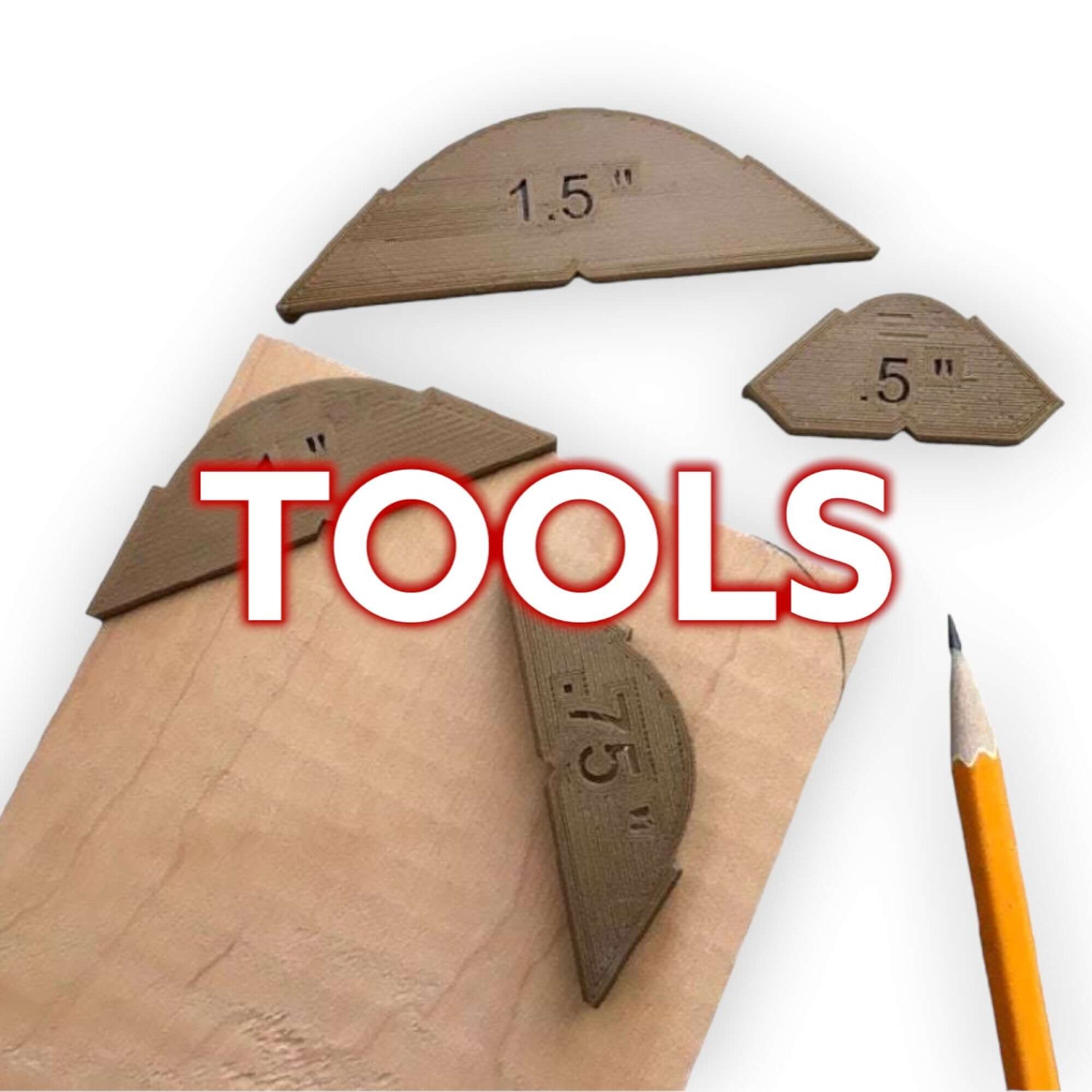Collections
-

Displays for Funko Pop! Vinyl Collectibles
We offer a range of 3D-printed display solutions designed to showcase your prized...
-
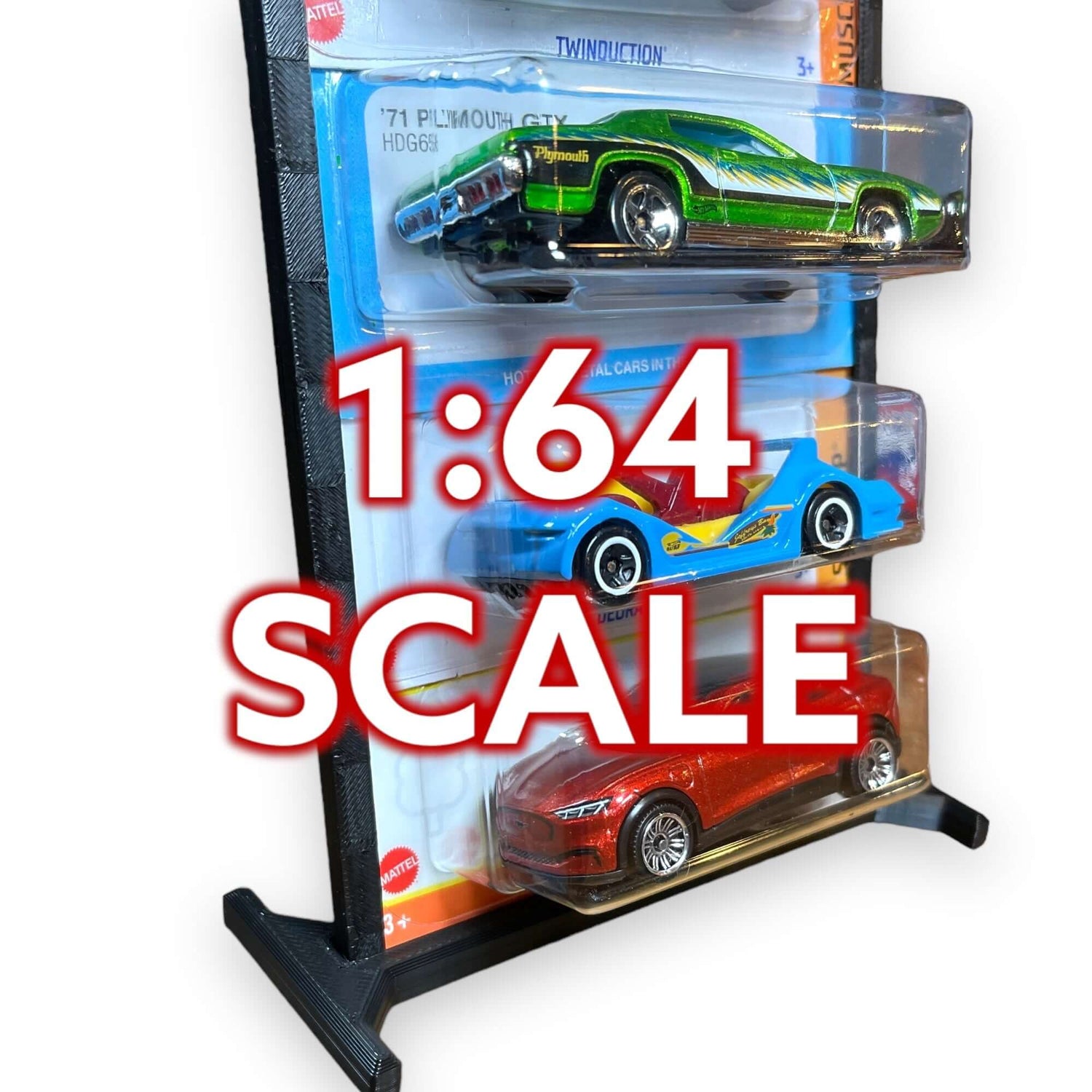
1:64 Scale Vehicle Displays
Introducing our collection of display solutions for 1:64 scale vehicles! Featuring 3D-printed stands and...
-

Displays for Hot Toys Sixth-Scale (1/6) Collectibles
Our 3D-printed display solutions specifically tailored for Hot Toys figures focus on...
-

Home Solutions
Optimize your home space with our 3D-printed solutions. Our products are designed...
-
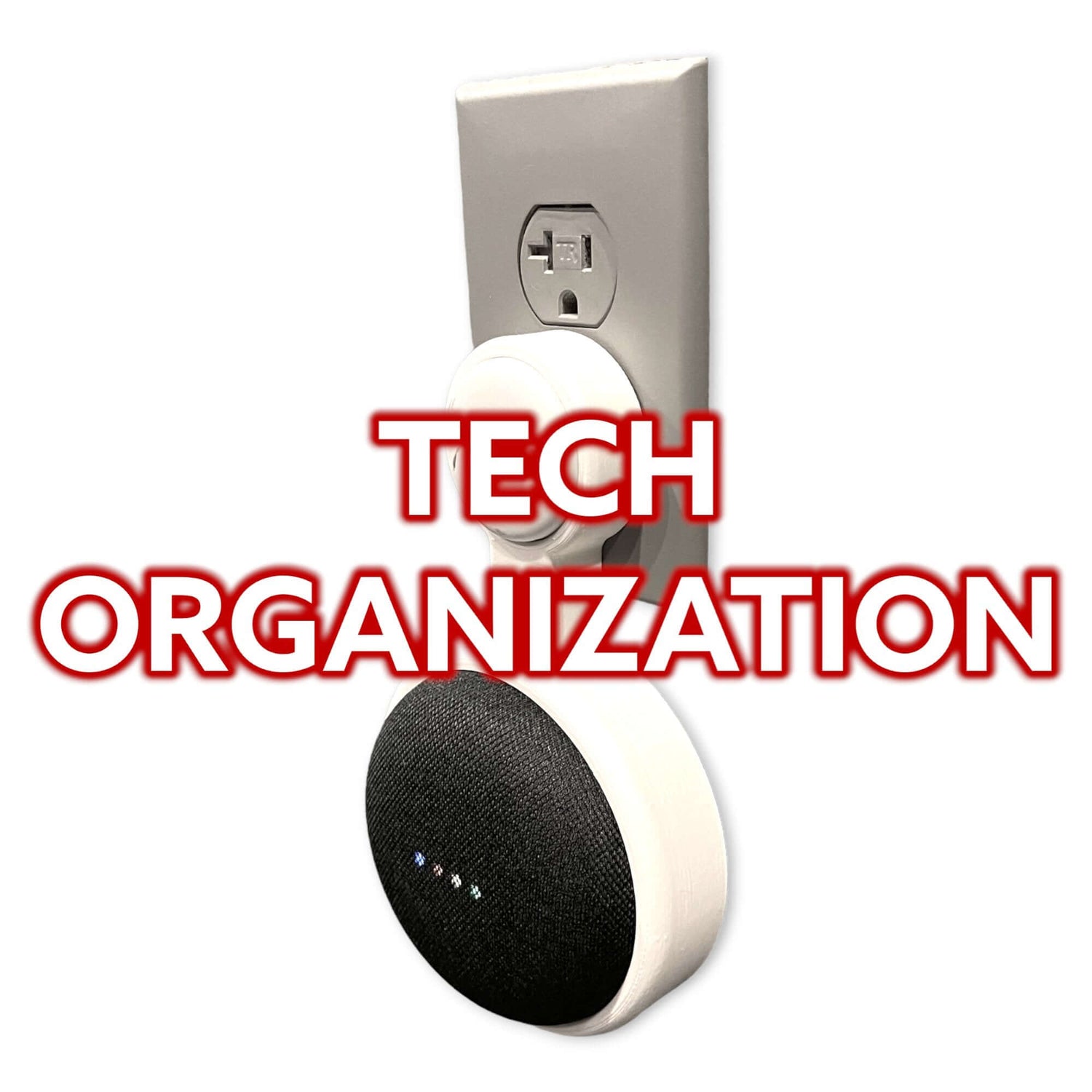
Tech Organization
Get your tech life organized with our 3D-printed solutions. From custom stands for smart speakers to...
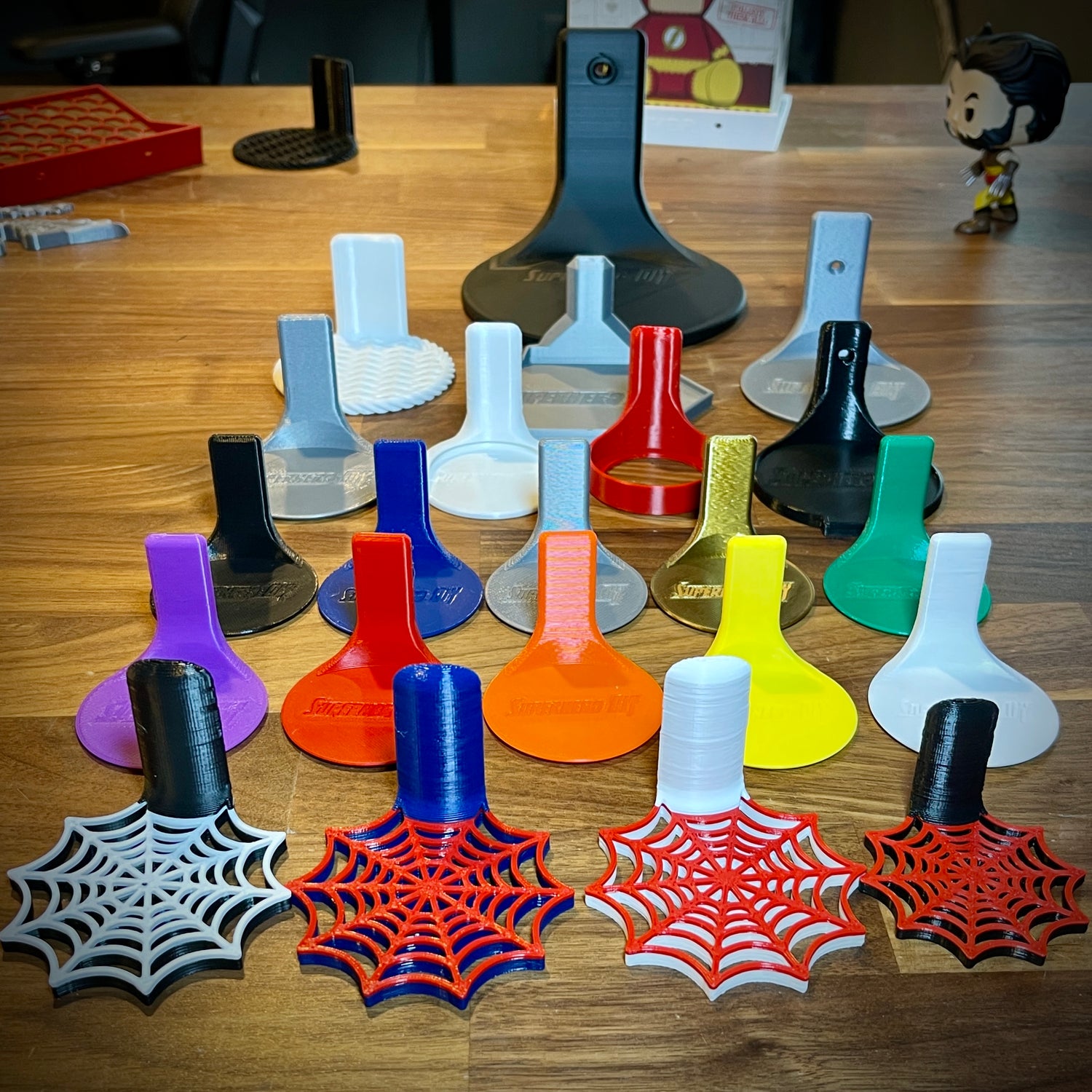
OUR STORY
Our family has turned SuperheroDIY into a combination of a love for superhero stuff and finding a DIY solution to everything we can. We're always finding a need for the perfect fix for this or that, whether it's around the house or a new idea from our customers and friends!
The solutions for collectibles, home, tools, toys, gadgets, gifts, and other great items you'll find here are all 3D-printed right here in Broomfield, Colorado.
-
WHY CHOOSE US?
We get excited about the products we make - and we use them too! From collecting fun stuff to organizing our home, we love this stuff too!
-
3D-PRINTED
Yep, we 3D-print all of our products! That means we're able to quickly make new designs to fit all kinds of different needs while ensuring quality & durabiliy.
-
COLORADO SMALL BUSINESS
Help to support a veteran-owned, USA small business! We're a husband/wife team and we stay pretty busy making quality products that you'll love!
Let customers speak for us
INTERNATIONAL CUSTOMERS
Introducing the Superhero DIY eBay Store, your passport to a hassle-free international shopping experience! 🌐💫

Superhero DIY
Superhero DIY Gift Card


